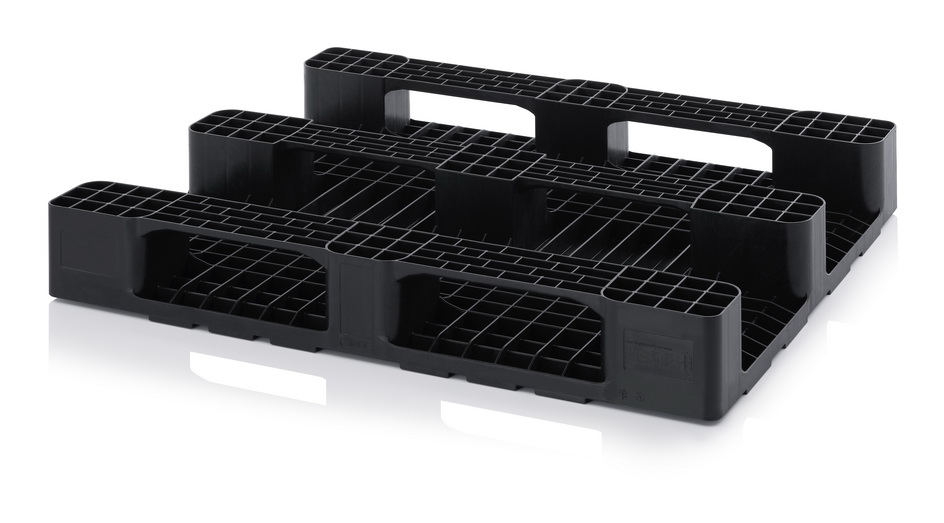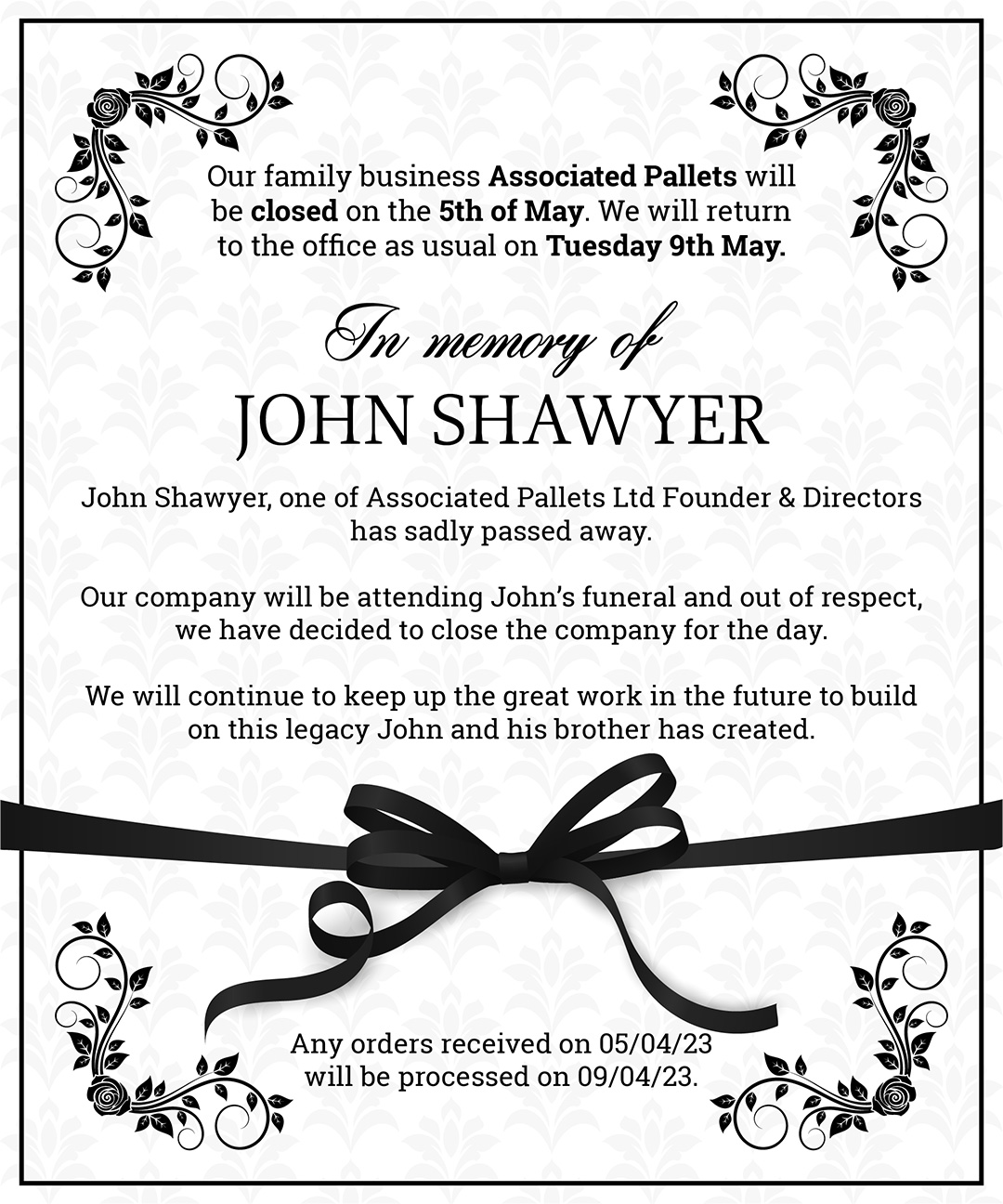Plastic Pallets From Recycled Waste
16 Apr 2017
Range International is a leading Australian manufacturing company that is focused on the production of sustainable plastic products as a means of tackling waste.
The company has now garnered fresh interest for its creation of ‘thermofusion’ technology, which will provide a solution to the recycling of mixed waste plastics. Using the technology, this type of waste can be diverted away from landfill and used to produce plastic pallets.
Range offers speculative exposure to demand for both ethical and environmentally friendly manufacturing products. One crucial aspect of the new process is that the recycled pallets are themselves also recyclable at the end of their working life, despite being made originally from upcycled materials. The company’s shares have jumped by 38% since making the announcement about Thermofusion, as the market for this product is potentially vast.
About Thermofusion
The new Range process will use mixed plastic waste to make 100pc recycled used plastic pallets. This will give commercial businesses of all kinds the chance to make more sustainable and cost-effective purchasing decisions when it comes to buying pallets by turning away from new wooden and plastic pallets and spending less on 100pc recycled pallets. This will allow customers to improve their own approach to sustainable business and environmentalism.
How Does the Recycling Project Benefit the Environment?
The creation of new plastic pallets typically requires fresh materials to be manufactured, despite the vast proliferation of used plastics that are already clogging up landfills, waterways and the Earth’s natural resources. The destination of these used plastics has long been a problem. Currently, only 1-3pc of plastics are recycled, leaving vast opportunity for innovation when it comes to upcycling the remaining 97pc of waste.

Why Should New Plastic Pallets Be Recycled?
Plastic is one of the cheapest and most commonly used materials produced across the world today. It is used in every aspect of our daily lives, from the bags we carry to the packaging that our food is stored in. Where items are not carried in plastic, they will typically be wrapped in it. Across the world, there are over five trillion plastic bags in use every year, even though new initiatives within each country are now seeking to reduce this number and a growing number of African states are banning their use entirely.
However, plastic bottles are another example of the scale of the problem. America alone throws away enough plastic bottles every week to circle the world five times. If this waste can be diverted away from landfill or from polluting the world’s natural resources, as it tends to mount up in seas and waterways, causing untold damage to marine and bird life, then there is an opportunity to both reduce the amount going to waste and the amount that needs to be produced in the first place.
The hope is that the technology devised by Range will allow it to start to make a dent in the mountain of existing plastic waste and continue to inspire other businesses to show that plastic reuse is viable with innovation and creativity. For those businesses, the environmental inducements are powerful, but the commercial gains to be made may be just as enticing, particularly where councils may be prepared to pay for firms to remove their plastic waste and make better use of it.
